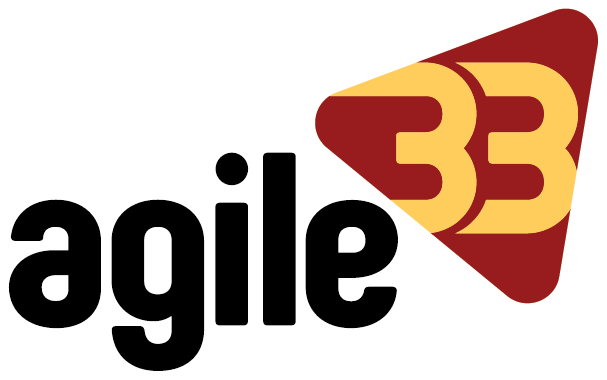
Managing risk isn’t just about avoiding problems—it’s about staying ready. In any project, unexpected issues can arise, but how your team handles them determines the outcome. One of the most effective tools to support that effort is a well-structured risk tracking template.
Whether you’re running a large-scale transformation or a short-term sprint, using a consistent method to document, monitor, and assess risks can save both time and reputation. Here’s why it matters.
1. Brings Structure to Uncertainty
Risk management can easily become reactive when there’s no formal system in place. A template gives you a consistent structure to capture potential risks before they turn into real issues. It helps teams organize risks by category, likelihood, and impact—making the whole process less subjective and more strategic.
2. Improves Communication Across Teams
A template doesn’t just store data—it becomes a central reference point. When team members, stakeholders, or leadership want a status update, the risk register offers a single source of truth. It promotes transparency and ensures that everyone is on the same page, especially in fast-moving environments.
3. Supports Prioritization and Focus
Not all risks are created equal. A good risk tracking template allows you to sort and rank risks so you can focus your attention where it matters most. Instead of reacting to every red flag, you can monitor high-priority items while keeping lower-impact issues in view without overcommitting resources.
4. Drives Accountability and Follow-Through
Assigning owners to each risk encourages responsibility. When a risk has a clear owner and mitigation plan, it’s more likely to be managed before it becomes disruptive. The template becomes not just a tool for documentation, but a tool for action and accountability.
5. Helps with Reporting and Audits
When senior leadership or external stakeholders want insight into how risk is being managed, a well-maintained template offers immediate clarity. It also becomes a valuable record for post-project reviews and regulatory audits, showing that risks were identified, tracked, and addressed appropriately.
6. Reduces Repeat Mistakes
By maintaining and reviewing risk logs across multiple projects, organizations can learn from past experiences. Patterns often emerge—recurring risks tied to vendors, compliance, scope changes, or communication gaps. A reusable template helps teams spot these trends and apply preventative steps more effectively over time.
Using a risk tracking template is a practical way to strengthen your project controls. It doesn’t need to be complex—but it does need to be consistent. With the right format and commitment to regular updates, this simple tool can play a major role in helping teams stay proactive, organized, and confident in the face of uncertainty.
